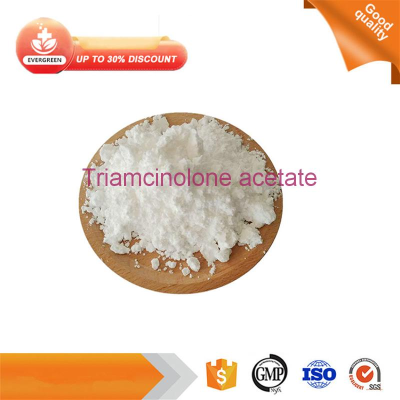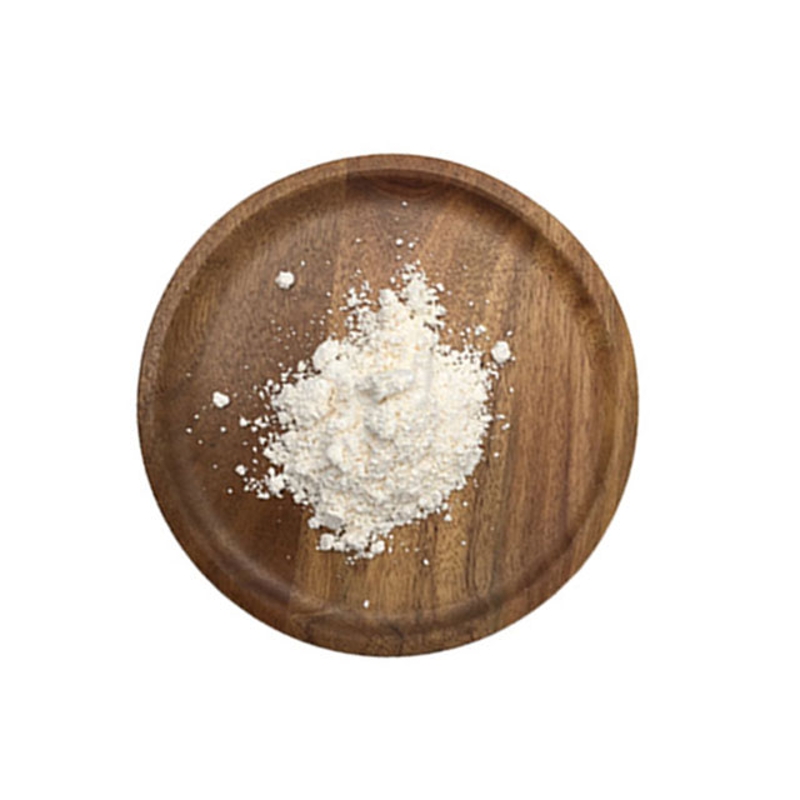-
Categories
-
Pharmaceutical Intermediates
-
Active Pharmaceutical Ingredients
-
Food Additives
- Industrial Coatings
- Agrochemicals
- Dyes and Pigments
- Surfactant
- Flavors and Fragrances
- Chemical Reagents
- Catalyst and Auxiliary
- Natural Products
- Inorganic Chemistry
-
Organic Chemistry
-
Biochemical Engineering
- Analytical Chemistry
- Cosmetic Ingredient
-
Pharmaceutical Intermediates
Promotion
ECHEMI Mall
Wholesale
Weekly Price
Exhibition
News
-
Trade Service
Yimaitong interview reports, please do not reprint without authorization
.
Introduction: On January 16, 2022, the "Chinese Geriatrics Clinical Guidelines for the Prevention and Treatment of Type 2 Diabetes in the Elderly" was co-sponsored by the Endocrinology and Metabolism Branch of the Chinese Geriatrics Society, the Endocrine and Metabolism Branch of the China Geriatrics Medical Research Association, and the Geriatrics Professional Committee of the Beijing Medical Award Foundation.
(2022 Edition)" conference ended successfully in Beijing
.
Yi Mai Tong was honored to invite Professor Ji Linong, director of the Department of Endocrinology of Peking University People's Hospital, for an exclusive interview
.
Expert introduction Professor Ji Linong Expert introduction: Ji Linong, graduated from Beijing Medical University in 1986
.
From 1993 to 1998, he studied and worked at the Joslin Diabetes Center at Harvard University
.
He is currently the director of the Department of Endocrinology, Peking University People's Hospital, the director of the Diabetes Center of Peking University, and a doctoral supervisor.
He enjoys special allowances from the State Council
.
He is currently the chairman of the Endocrinology and Metabolic Disease Branch of the China Association for Geriatric Health Care, the chairman of the Clinical Research Committee of Diabetes and Metabolic Diseases of the China Pharmaceutical Promotion Association, the editor-in-chief of the Chinese Journal of Diabetes, the vice chairman of the Chinese Stroke Society, and the Endocrinology and Metabolism Branch of the Chinese Medical Doctor Association.
Vice President, Director of Chinese Medical Association, Executive Director of Chinese Preventive Society, Executive Director of China Geriatric Medical Research Association, President of Beijing Perioperative Medicine Research Association, Chairman of Beijing Medical Association Endocrine Professional Committee, World Health Organization Consultant, International Diabetes Member of the Diabetes Policy Group of the Alliance Asia-West Pacific Region (IDF-WPR)
.
He used to be the chairman of the 1st Chinese Medical Doctor Association Endocrinology and Metabolism Branch, the 4th Beijing Diabetes Professional Committee, the 6th Chinese Medical Association Diabetes Branch Chairman, the International Diabetes Federation Vice Chairman (2012-2015), the International Diabetes Federation (2012-2015) Chair, Diabetes Federation Western Pacific Region (IDF-WPR) (2018-2019)
.
Yi Mai Tong: Hello, Professor Ji, what is the current status of diabetes in my country, and what challenges does disease management face? Professor Ji Linong China is a big country with diabetes
.
Recent epidemiological studies have shown that the prevalence of type 2 diabetes in Chinese adults has exceeded 10%, and some other epidemiological data show a higher prevalence of about 11% to 12%
.
If the prevalence rate is converted into the number of patients, the number of diabetic patients in China has exceeded 100 million
.
In addition, epidemiological research data shows that the prevalence of prediabetes in China is also at a high level, exceeding 30%.
If there is no timely intervention for this population, most people will develop into diabetes patients in the future
.
In addition, among people who already suffer from diabetes, the awareness rate is at a low level, only about 40% to 50%, which means that more than half of the diabetic patients cannot be diagnosed and treated early, and diabetes complications will occur in the future.
The risk will also increase further
.
At the same time, the treatment rate and treatment compliance rate of diabetes are also relatively low
.
The risk of developing diabetes complications also increases significantly if diagnosed patients are not treated effectively
.
Yi Mai Tong: What are the highlights of the newly released "Chinese Clinical Guidelines for the Prevention and Treatment of Type 2 Diabetes in the Elderly (2022 Edition)"? Professor Ji Linong's Clinical Guidelines for the Prevention and Treatment of Type 2 Diabetes in the Elderly (2022 Edition) was formulated based on the existing evidence-based medicine and the diagnosis and treatment experience of domestic first-line experts for the clinical characteristics of elderly patients with type 2 diabetes in China
.
It will provide Chinese clinicians with safer and more effective diabetes management guidance based on the characteristics of the elderly diabetic population
.
I believe that the release of the new guidelines will play a positive role in improving the management of type 2 diabetes in the elderly in China
.
Yi Mai Tong: How is diabetes management in the elderly different from the general population? Professor Ji Linong's own characteristics of the elderly group are different from those of the younger group
.
Many elderly patients with type 2 diabetes have high blood pressure, cardiovascular and cerebrovascular diseases and other diseases at the same time, and diabetes may be only one of the many chronic diseases they suffer from
.
These people often take multiple drugs at the same time, and the risk of adverse drug reactions will also increase significantly
.
In the new edition of the guidelines for the prevention and treatment of type 2 diabetes in the elderly, we have formulated a comprehensive management strategy for blood sugar control targets and cardiovascular risk factors such as blood pressure and blood lipids corresponding to the elderly type 2 diabetes based on the characteristics of elderly patients with type 2 diabetes
.
In addition, on the management of the life>
.
We hope that these recommendations for the diagnosis and treatment of elderly patients with type 2 diabetes can guide clinical practice more accurately
.







